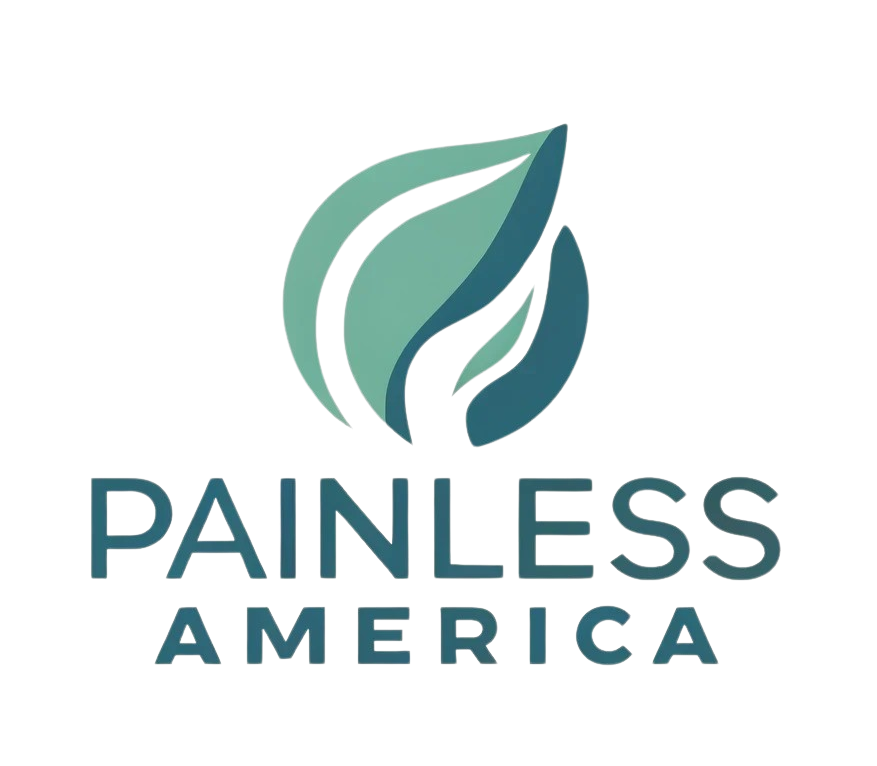
Table of Contents
In today’s fast-paced world, physical well-being is paramount, and maintaining optimal health often requires professional intervention. Physical therapy, a cornerstone of modern healthcare, offers a non-invasive, effective approach to treating various physical ailments. Whether recovering from surgery, managing a chronic condition, or seeking to improve overall physical function, physical therapy provides a path to enhanced health and wellness. Physical therapists, highly trained healthcare professionals, utilize a variety of techniques to diagnose, treat and prevent movement disorders, addressing symptoms and tackling the root causes of physical issues to promote long-term health and prevent future injuries.
The relevance of physical therapy has grown significantly, especially in an era where sedentary lifestyles and repetitive strain injuries are common. From aiding post-surgery recovery to improving the quality of life for those with chronic illnesses, the benefits of physical therapy are vast and profound. This article explores what physical therapy entails, how it works, and its transformative benefits. By understanding the fundamental principles of physical therapy, you can better appreciate its role in promoting health and well-being. This guide provides a thorough overview, encouraging you to consider physical therapy as a viable option for achieving and maintaining optimal physical health.
Understanding Physical Therapy
Definition and Scope
Physical therapy is a healthcare profession focused on the diagnosis, treatment and prevention of movement disorders. It encompasses a broad range of techniques designed to improve physical function, reduce pain and enhance overall quality of life.
History and Evolution
The roots of physical therapy can be traced back to ancient civilizations, where therapeutic exercises and massages were used to treat injuries. Modern physical therapy emerged in the early 20th century, evolving into a highly specialized field with a wide range of techniques and applications.
How Physical Therapy Works
Principles and Techniques
Physical therapy operates on the principle that targeted physical activity can aid in the recovery and enhancement of bodily functions. Techniques include exercises, manual therapy and the use of technology to promote healing and improve movement.
Types of Treatments and Interventions
Treatments in physical therapy vary widely and can include manual manipulation, therapeutic exercises, electrotherapy, hydrotherapy and the use of assistive devices. Each treatment is tailored to address specific conditions and patient needs.
Common Conditions Treated by Physical Therapy
Musculoskeletal Issues
Physical therapy is highly effective in treating musculoskeletal problems such as back pain, arthritis and sports injuries. It helps to strengthen muscles, improve joint function and alleviate pain.
Neurological Conditions
Patients with neurological conditions like stroke, Parkinson’s disease and multiple sclerosis can benefit from physical therapy, which helps to enhance motor skills and improve mobility.
Cardiovascular and Respiratory Problems
Physical therapy also plays a role in managing cardiovascular and respiratory issues, helping patients improve their endurance and breathing efficiency.
Pediatric and Geriatric Care
From children with developmental delays to older adults with mobility challenges, physical therapy provides specialized care to enhance physical function across all ages.
Benefits of Physical Therapy
Pain Management
One of the primary benefits of physical therapy is pain relief. Through targeted exercises and treatments, physical therapy can help reduce chronic pain and improve the quality of life.
Improved Mobility and Function
Physical therapy helps patients regain strength and flexibility, enhancing their ability to move freely and perform daily activities with ease.
Prevention of Further Injury
By addressing the root causes of physical problems, physical therapy can prevent the recurrence of injuries and reduce the risk of future issues.
Enhanced Quality of Life
Beyond physical benefits, physical therapy also boosts mental health by promoting a sense of well-being and independence.
The Role of a Physical Therapist
Education and Qualifications
Physical therapists are highly trained professionals with extensive education in anatomy, physiology and therapeutic techniques. They hold advanced degrees and are often certified by professional boards.
Assessment and Diagnosis
A physical therapist conducts thorough assessments to diagnose the underlying causes of physical problems. This involves evaluating movement patterns, strength and functional capabilities.
Treatment Planning and Execution
Based on the assessment, a physical therapist develops a personalized treatment plan, implementing various interventions to achieve the best outcomes for the patient.
Types of Physical Therapy Modalities
Manual Therapy
This hands-on approach involves the therapist using their hands to manipulate muscles and joints to reduce pain and improve mobility.
Exercise Therapy
Tailored exercise programs are designed to strengthen muscles, improve flexibility and enhance overall physical function.
Electrotherapy
Using electrical stimulation, electrotherapy helps reduce pain and stimulate muscle contractions, promoting healing and function.
Hydrotherapy
Water-based exercises and treatments, known as hydrotherapy, provide a low-impact environment for rehabilitation and pain relief.
Assistive Devices and Technology
Physical therapists often incorporate the use of assistive devices such as braces, splints and advanced technology like biofeedback to support treatment.
The Physical Therapy Process
Initial Consultation and Assessment
The journey begins with an initial consultation where the physical therapist assesses the patient’s condition and discusses their goals and concerns.
Developing a Personalized Treatment Plan
Based on the assessment, the therapist creates a tailored treatment plan that addresses the patient’s specific needs and objectives.
Ongoing Treatment and Adjustment
As treatment progresses, the therapist monitors the patient’s progress and adjusts the plan as necessary to ensure optimal outcomes.
Measuring Progress and Outcomes
Regular evaluations help measure the effectiveness of the treatment and ensure that the patient is on track to achieve their goals.
Success Stories: Real-Life Benefits
Case Studies and Testimonials
Hearing from individuals who have experienced the transformative power of physical therapy can be incredibly inspiring. These success stories highlight how physical therapy can dramatically improve quality of life.
Impact on Daily Living
Physical therapy not only helps with specific medical conditions but also enhances overall daily functioning, enabling individuals to lead more active and fulfilling lives.
Challenges and Misconceptions
Common Barriers to Accessing Physical Therapy
Despite its benefits, several barriers can hinder access to physical therapy, including cost, availability and lack of awareness.
Debunking Myths and Misconceptions
There are many misconceptions about physical therapy, such as it being only for athletes or severe injuries. Education is key to understanding its broad applicability and benefits.
How to Get Started with Physical Therapy
Finding a Qualified Physical Therapist
Look for licensed and certified physical therapists who have experience in treating your specific condition. Referrals from healthcare providers can also be helpful.
What to Expect During Your First Visit
Your first visit will involve an in-depth assessment of your condition, medical history and physical capabilities. The therapist will discuss your goals and develop an initial treatment plan.
Tips for Making the Most of Your Sessions
To maximize the benefits of physical therapy, follow your therapist’s advice, perform prescribed exercises regularly and communicate openly about your progress and any concerns.
The Future of Physical Therapy
Emerging Trends and Technologies
Advances in technology, such as virtual reality, robotics, and telehealth, are shaping the future of physical therapy, making treatments more accessible and effective.
The Evolving Role of Physical Therapists
As healthcare evolves, the role of physical therapists is expanding, with a greater focus on preventive care, wellness and integrative health practices.
Conclusion
Physical therapy is a powerful tool for improving health, enhancing mobility, and boosting overall quality of life. By understanding how it works and the numerous benefits it offers, you can take an informed step towards better health. Whether you’re dealing with chronic pain, recovering from an injury or seeking to improve your physical function, physical therapy can make a significant difference. Embrace the journey to better health with physical therapy and experience the life-changing benefits it brings.
Frequently Asked Questions About Physical Therapy
What conditions can physical therapy treat?
Physical therapy can treat a wide range of conditions, including musculoskeletal, neurological, cardiovascular and respiratory issues.
How long does a typical physical therapy session last?
Sessions typically last between 30 to 60 minutes, depending on the treatment plan and individual needs.
Is physical therapy painful?
Physical therapy should not be painful, although some discomfort may occur as you work through exercises and treatments. Your therapist will ensure your comfort throughout the process.
How soon can I expect to see results?
Results vary depending on the individual and the condition being treated, but many patients begin to see improvements within a few weeks of consistent therapy.
Do I need a referral to see a physical therapist?
In many cases, you can see a physical therapist without a referral, but this can depend on your insurance plan and local regulations.



